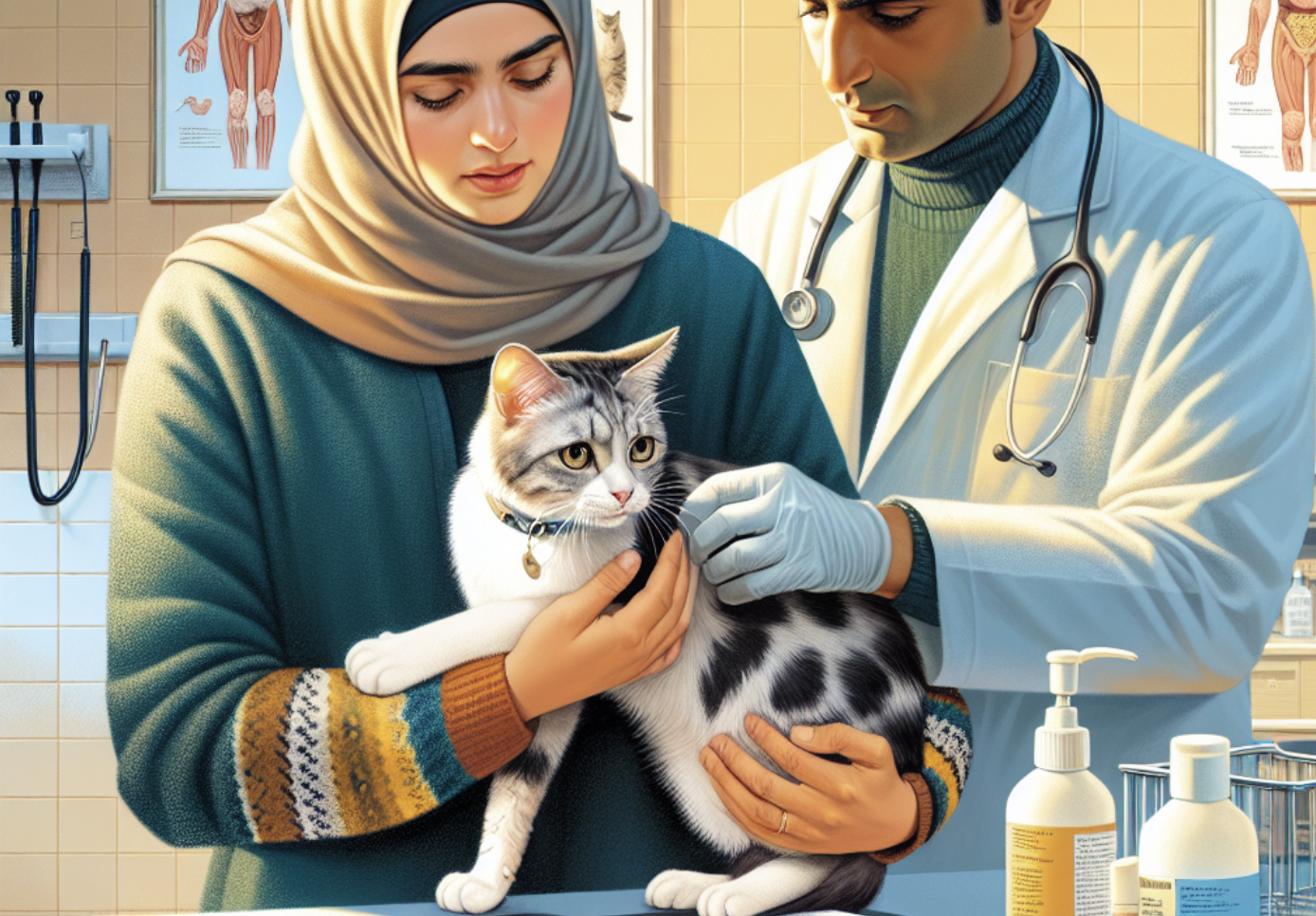Understanding and Managing Skin Ulcers in Cats: Key Causes, Symptoms, and Treatment

Skin ulcers in cats are a visible and painful sign of underlying health issues that require prompt veterinary attention. These lesions can appear as open sores and are prone to infection due to the breached skin barrier, leading to further complications if left untreated. The article explains that skin ulcers in cats are not a standalone diagnosis but an indicator of various potential health problems ranging from minor conditions to severe illnesses like cancer.
Skin structure comprises three layers: the outer epidermis providing protection, the dermis containing blood vessels, and the subcutaneous layer composed of fat and muscles. Ulcers typically penetrate through these layers, appearing as open wounds.
The symptoms of skin ulcers in cats include skin discharge, hair loss, and signs of discomfort such as licking, scratching, or limping. Hiding and lethargy might also be observed, indicating distress.
Several factors can cause skin ulcers in cats. Trauma, such as burns or bite wounds, can damage the skin, especially in outdoor cats who might encounter such mishaps unnoticed by their owners. Allergic reactions can lead to incessant scratching, causing skin damage, while stress might result in excessive grooming that fosters ulceration.
Parasites like fleas and mites, as well as infections like ringworm or viral ailments like Feline Immunodeficiency Virus (FIV), are other contributors. Nutrition also plays a role; although rare with balanced diets, deficiencies in essential nutrients like zinc can cause skin problems. Additionally, skin cancers and autoimmune diseases can manifest as ulcers, complicating recovery due to compromised healing processes.
Diagnosis involves veterinary consultation where the vet examines the cat and might conduct tests like skin sampling or blood tests to identify underlying conditions. Severe cases could require biopsies to confirm diagnoses of cancer or autoimmune disorders.
Management of skin ulcers involves home care, such as using an Elizabethan collar to prevent the cat from aggravating the wounds, maintaining flea prevention, and keeping ulcers clean with antiseptic solutions. Veterinary treatment is crucial, with potential prescriptions for antibiotics or specialized management plans like diet alterations or supplements to address allergies.
The healing of ulcers depends largely on underlying causes; while the body strives to repair itself, complications like infection, ongoing trauma, or systemic diseases may impede this process. Antiseptic solutions like Betadine can be used topically, but care must be taken to prevent ingestion.
In conclusion, while not an emergency on their own, skin ulcers in cats require veterinary attention to rule out severe underlying conditions and ensure proper healing. Initial at-home care can prevent further damage, but professional guidance is essential for resolving these health issues effectively.





